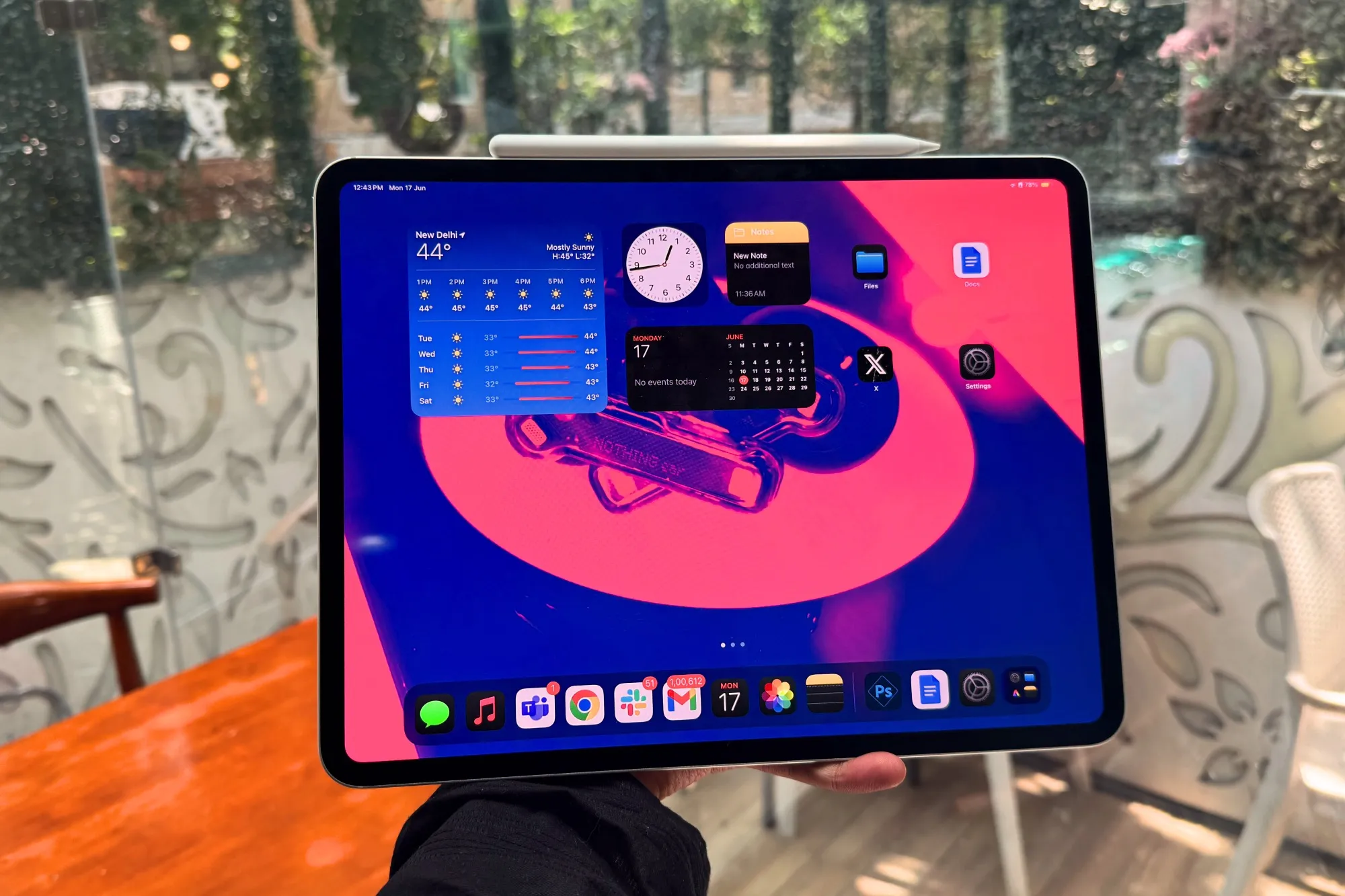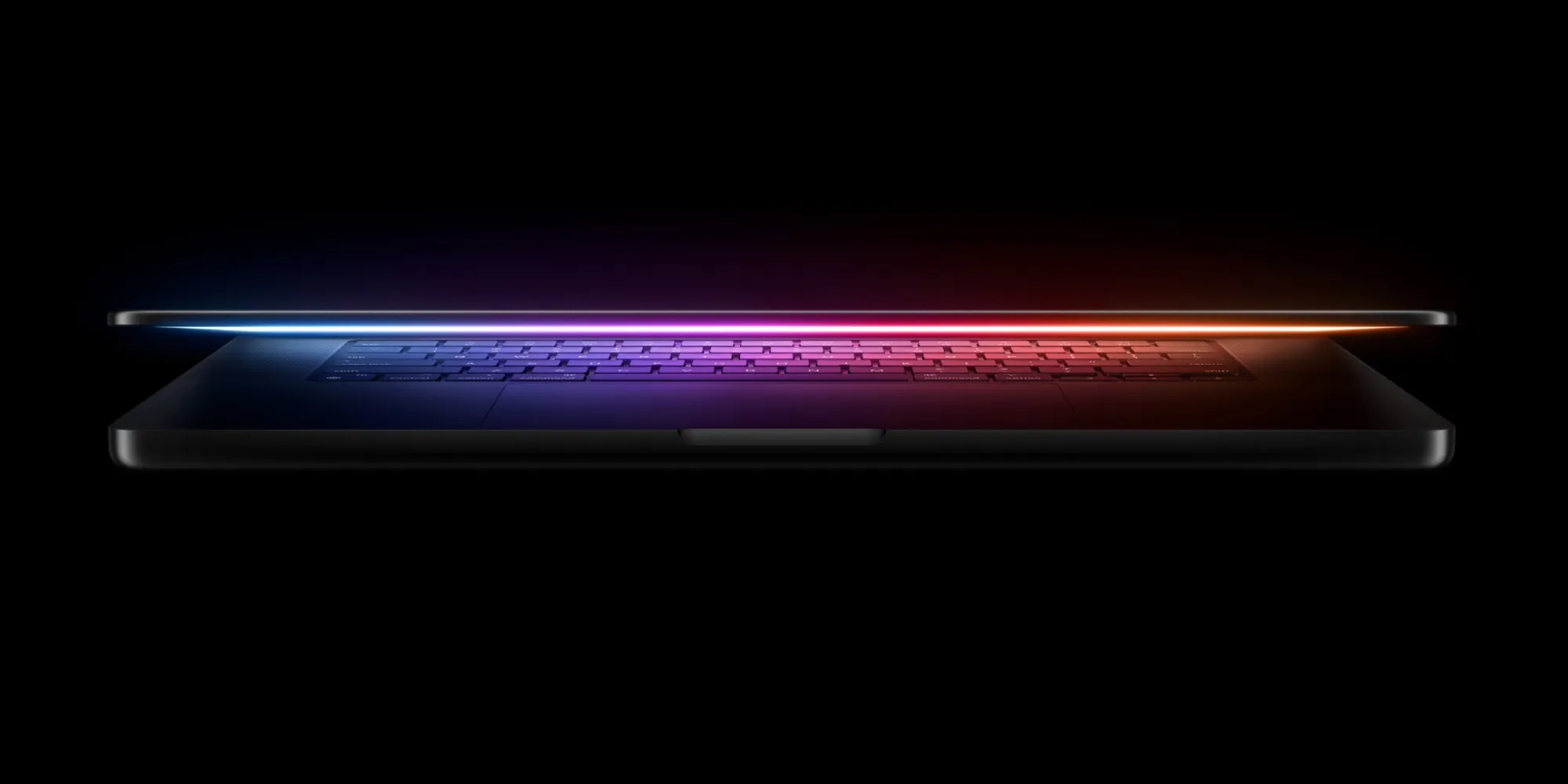The tech world is aflutter with rumors, as it often is, about what Apple has brewing behind its famously secretive doors. While much attention is focused on the latest iPhones and Macs, whispers are circulating about a refresh to the entry-level iPad, a device that holds a crucial place in Apple’s ecosystem, bringing the iPad experience to a wider audience.
The current 10th-generation iPad, with its vibrant design and USB-C port, marked a significant step forward. However, it’s been a while since its debut, and the tech landscape moves quickly. So, what might we expect from a potential successor, tentatively dubbed the “iPad 11”?
A Timeline of Speculation:
Predicting Apple’s release schedule is always a game of educated guesswork. While official announcements remain elusive, various sources and industry watchers have offered clues. Some whispers suggest a launch in early 2025, possibly aligning with a point update to iPadOS. This timeframe seems plausible, given Apple’s tendency to refresh its product lines periodically. It’s not uncommon for these updates to coincide with software refinements, ensuring a smooth and optimized user experience from day one.
Under the Hood: Performance and Connectivity:
One of the key areas of speculation revolves around the internal hardware. The current iPad 10 utilizes the A14 Bionic chip, a capable processor that still holds its own. However, with advancements in chip technology, it’s reasonable to expect a performance bump in the next iteration. Some sources even suggest the possibility of a more significant leap, perhaps even incorporating a chip closer in performance to the A17 Pro found in the latest iPhones. This would not only provide a noticeable speed increase for everyday tasks but also open the door for more demanding applications and features, potentially including enhanced AI capabilities.
Connectivity is another area of interest. There have been rumblings about Apple potentially integrating its own modem technology into the new iPad. This would be a significant move, giving Apple greater control over the device’s cellular and Wi-Fi performance. Improved connectivity would be a welcome addition, especially for users who rely on their iPads for on-the-go productivity and entertainment.
Software Synergies: iPadOS and the User Experience:
Of course, hardware is only one part of the equation. The iPad experience is deeply intertwined with iPadOS, Apple’s dedicated operating system for its tablets. It’s likely that any new iPad would launch with the latest version of iPadOS pre-installed, offering a seamless and integrated experience. Point updates to iPadOS, like the hypothetical 18.3, often include under-the-hood optimizations and support for new hardware features, further enhancing the synergy between hardware and software.
The Bigger Picture: Apple’s Product Ecosystem:
It’s also worth considering the potential launch of a new entry-level iPad within the context of Apple’s broader product ecosystem. Rumors have also pointed towards updates to other devices, such as a new iPhone SE and potentially a refreshed iPad Air. Apple often coordinates its product releases, sometimes unveiling multiple devices at the same event or through a series of online announcements. This coordinated approach allows them to showcase the interconnectedness of their ecosystem and highlight the benefits of using multiple Apple devices.
A Word of Caution: The Nature of Rumors:
It’s important to remember that these are, at this stage, merely rumors and speculations. Until Apple makes an official announcement, nothing is set in stone. However, these whispers often provide valuable insights into the direction Apple might be heading. They allow us to engage in thoughtful discussions and anticipate potential features and improvements.
The Waiting Game:
For those considering purchasing a new iPad, the current landscape presents a bit of a dilemma. The iPad 10 is a solid device, readily available at various retailers. However, the prospect of a newer model on the horizon might give some pause. Ultimately, the decision depends on individual needs and priorities. If you need an iPad now, the current model is a viable option. But if you can afford to wait, it might be worthwhile to see what Apple unveils in the coming months.
The anticipation surrounding a potential new entry-level iPad highlights the device’s continued importance in Apple’s lineup. It represents an accessible entry point into the iPad ecosystem, offering a compelling blend of performance, portability, and versatility. As we await official confirmation from Apple, the speculation and anticipation continue to build, fueling the excitement for what might be next in the world of iPads.
Source






